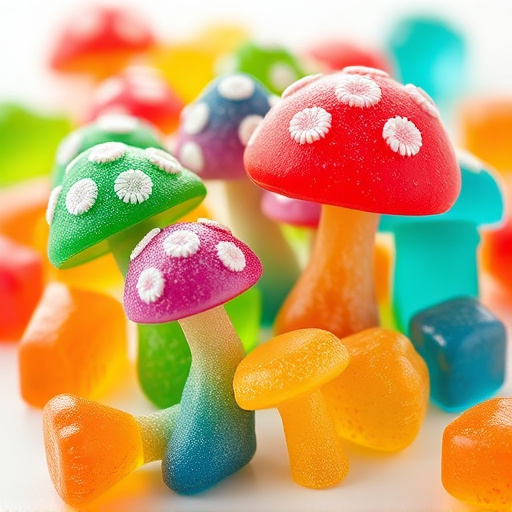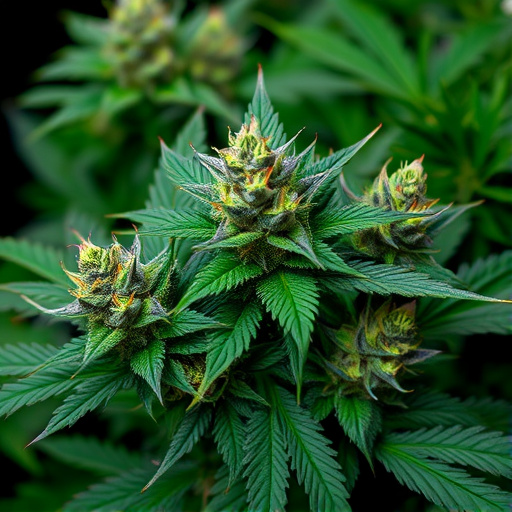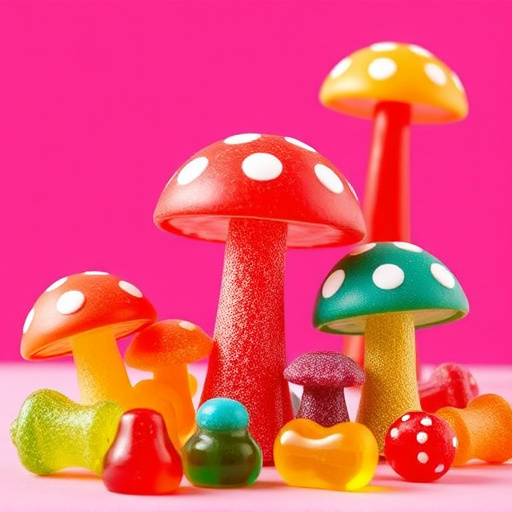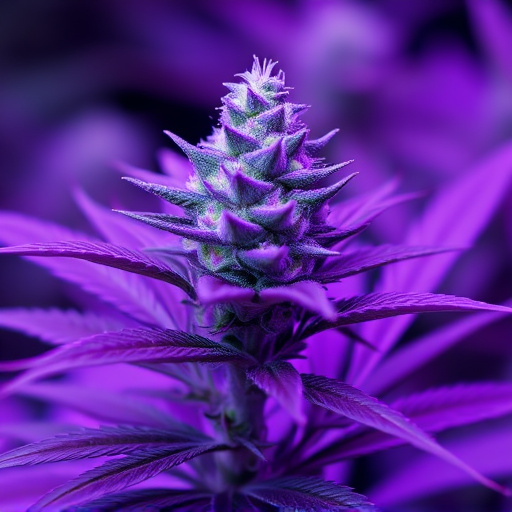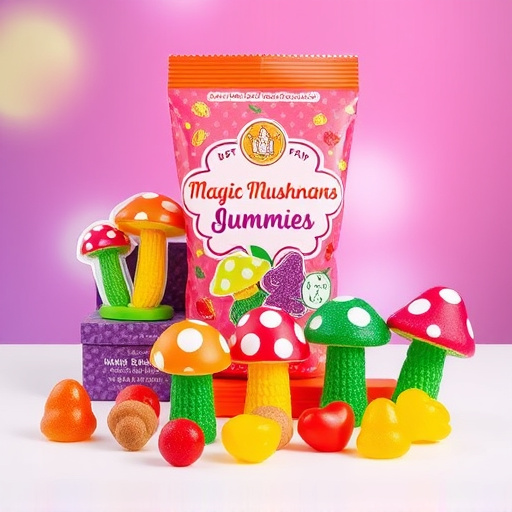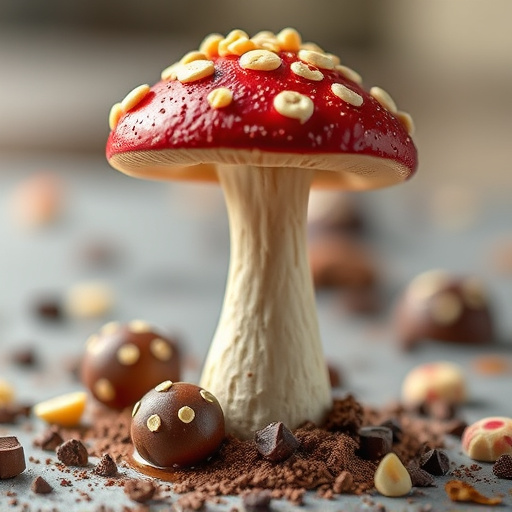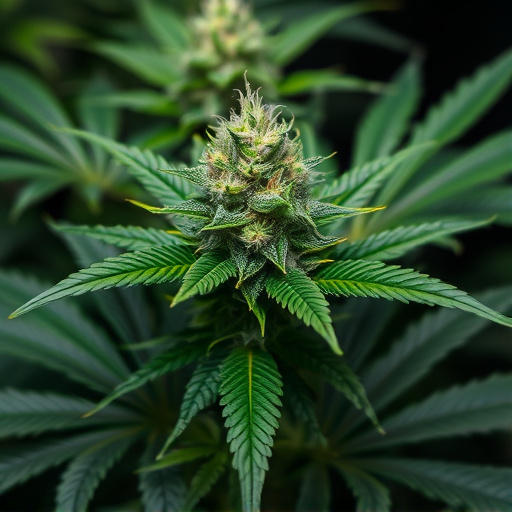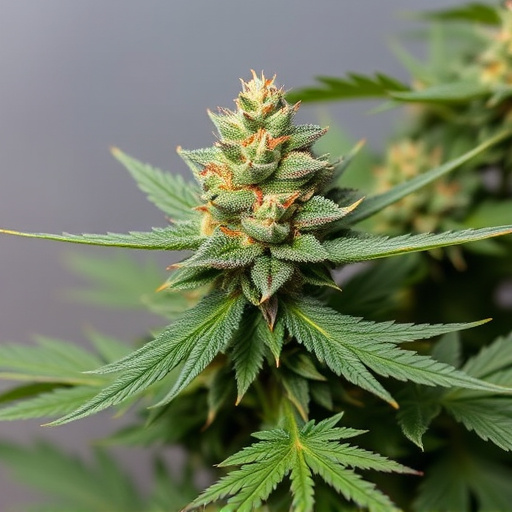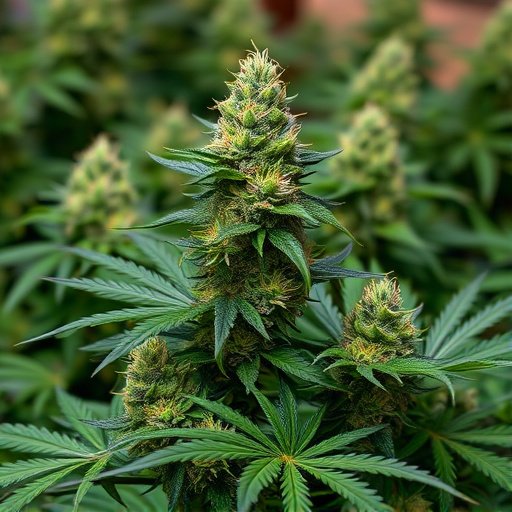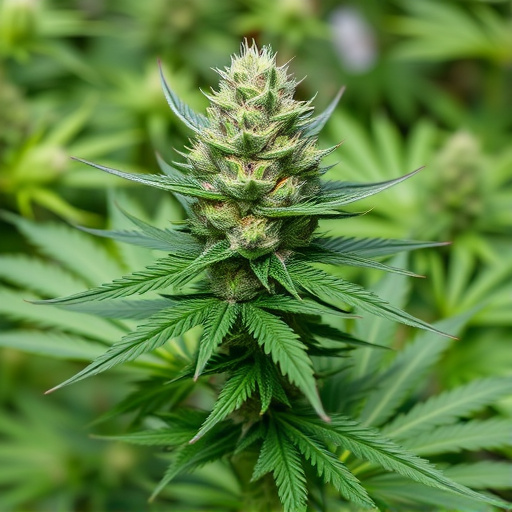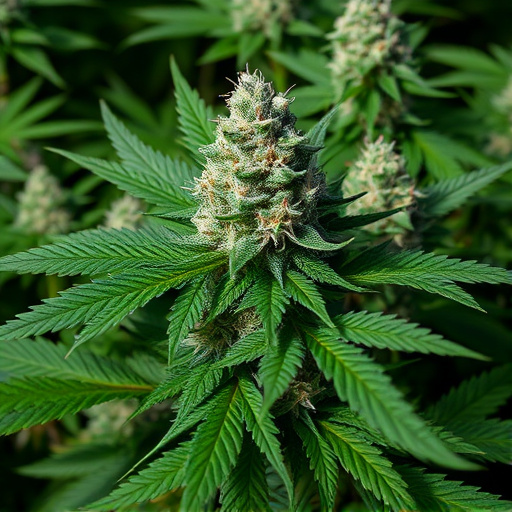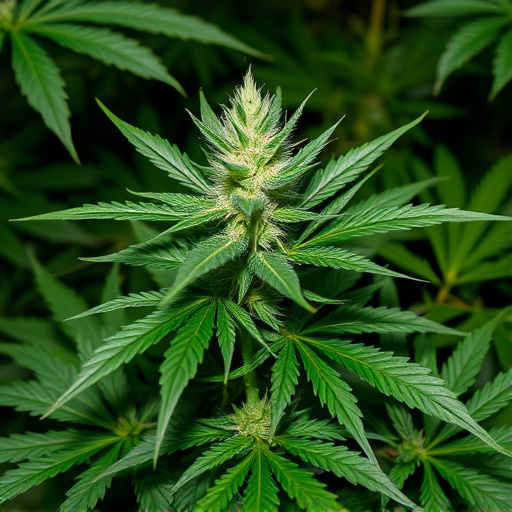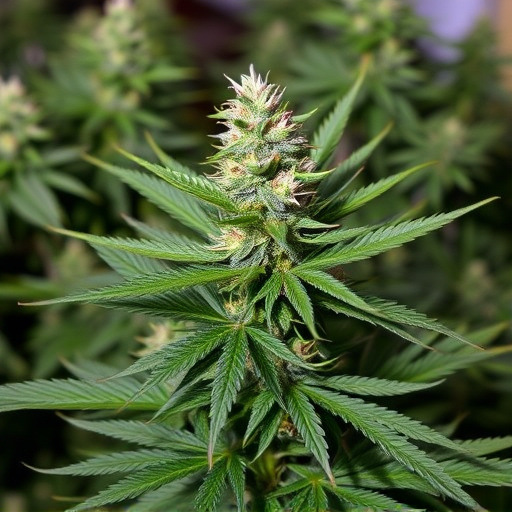The color of indica cannabis strains holds significant clues about their potency and effects due to cannabinoids like THC and terpenes. Visual characteristics, including shorter plants, wide leaves, high CBD content, and dense buds, offer insights into potential potency and therapeutic benefits. Consumer expectations are influenced by colors, which can indicate growing conditions, cultivation techniques, and genetic traits affecting terpene profiles. Understanding these color-compound correlations enables consumers to make informed choices when selecting indica strains in diverse cannabis markets.
Discover how the color of your cannabis may impact its potency. This article delves into the intriguing connection between visual cues in indica cannabis strains and their potential effects on overall strength. We explore the science behind cannabis potency, focusing on how our perception of color can influence our experience. By understanding the relationship between color, strain characteristics, and user experiences, you’ll gain valuable insights for navigating the diverse world of indica cannabis strains.
- The Science Behind Cannabis Potency and Color Perception
- Indica Cannabis Strains: Visual Indicators and Their Potential Impact on Potency
- Exploring the Relationship Between Color, Strain Characteristics, and User Experience
The Science Behind Cannabis Potency and Color Perception
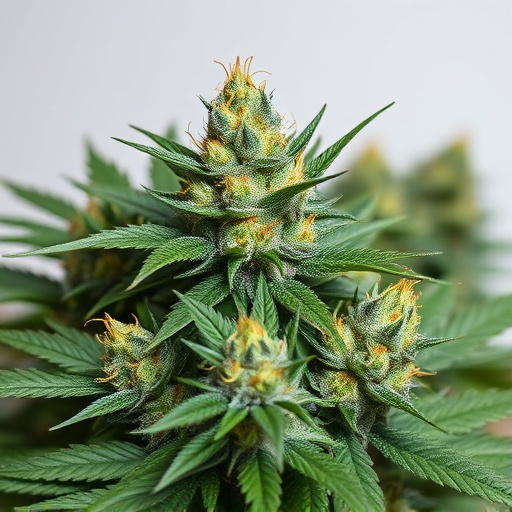
The science behind cannabis potency is complex, with various factors influencing its strength and effects. One often-overlooked aspect is the role that color plays. While it might seem superficial, the vibrant hues associated with different cannabis strains offer insights into their unique chemical profiles. Indica cannabis strains, known for their relaxing and sedative properties, often present a range of colors from deep greens to rich browns, thanks to the presence of cannabinoids like THC (tetrahydrocannabinol) and terpenes.
Color perception is not just about aesthetics; it can indicate the plant’s maturity, cultivation conditions, and even potential strain characteristics. As cannabis flowers mature, certain pigments develop, leading to the diverse colors we see. These colors can give cultivators and consumers valuable clues about the final product’s potency and flavor. Understanding this connection between color and cannabis chemistry is a fascinating aspect of exploring the full potential of this multifaceted plant.
Indica Cannabis Strains: Visual Indicators and Their Potential Impact on Potency
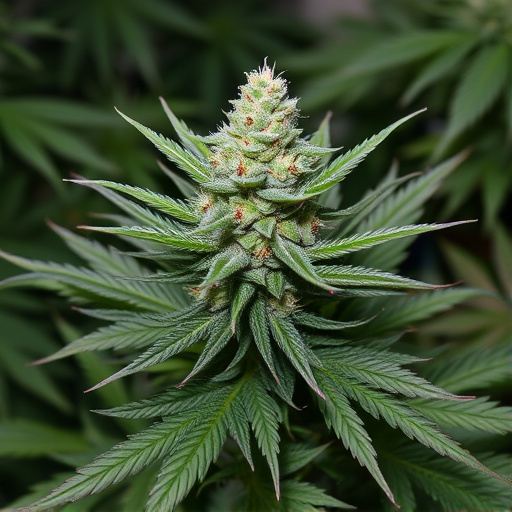
Indica cannabis strains are renowned for their distinct visual indicators, often characterized by shorter, stockier plants with wide leaves. These physical traits aren’t just aesthetically pleasing; they may also provide clues about the strain’s potential potency. Indica plants tend to have a higher concentration of cannabidiol (CBD), a non-psychoactive compound known for its therapeutic properties. While CBD doesn’t directly increase the “high” associated with cannabis, it can contribute to the overall experience by mitigating anxiety and inflammation.
Additionally, indica strains frequently exhibit denser bud structures, suggesting a higher concentration of terpenes—the aromatic compounds responsible for cannabis’s unique scents and flavors. These terpenes play a crucial role in enhancing the effects of cannabinoids, such as THC, further influencing the strain’s potency. The interplay between CBD levels, terpene profiles, and dense bud formation makes indica cannabis strains popular choices among users seeking potent and therapeutic experiences.
Exploring the Relationship Between Color, Strain Characteristics, and User Experience
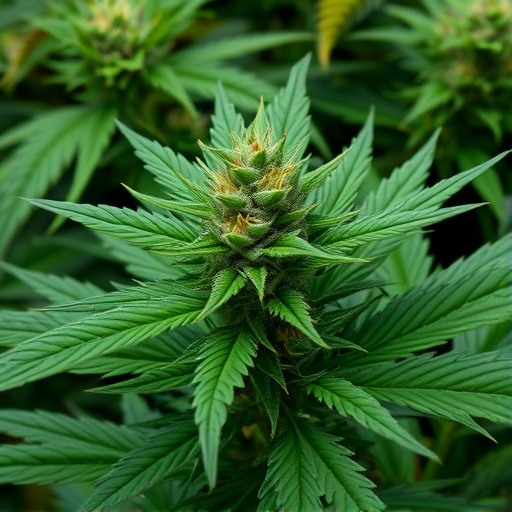
The relationship between color, strain characteristics, and user experience in cannabis is an intriguing aspect often overlooked. It’s more than just aesthetics; the vibrant hues in cannabis products can offer insights into potential effects and quality. For instance, bright greens in indica cannabis strains are commonly associated with relaxing properties, while purples or blues might hint at higher THC concentrations. These visual cues have led many users to form expectations about their experience based on color alone.
Exploring this connection further reveals a complex interplay. Certain colors can be indicative of specific growing conditions, cultivation techniques, and genetic traits. For example, the depth of green in an indica strain might reflect its rich terpene profile, which could enhance or alter the perceived potency and overall user experience. Understanding these visual-experience correlations allows consumers to make more informed decisions, especially when navigating diverse cannabis markets.
In conclusion, while the science behind cannabis potency is complex, there’s growing evidence suggesting that color can play a role in indicating potential strain characteristics. Specifically, certain indica cannabis strains exhibit visual cues that may correlate with their THC levels and effects. Understanding these relationships can enhance user experiences, enabling informed choices when navigating the diverse landscape of cannabis products. Remember that further research is needed to fully unravel the intricate tapestry of factors influencing cannabis potency.
